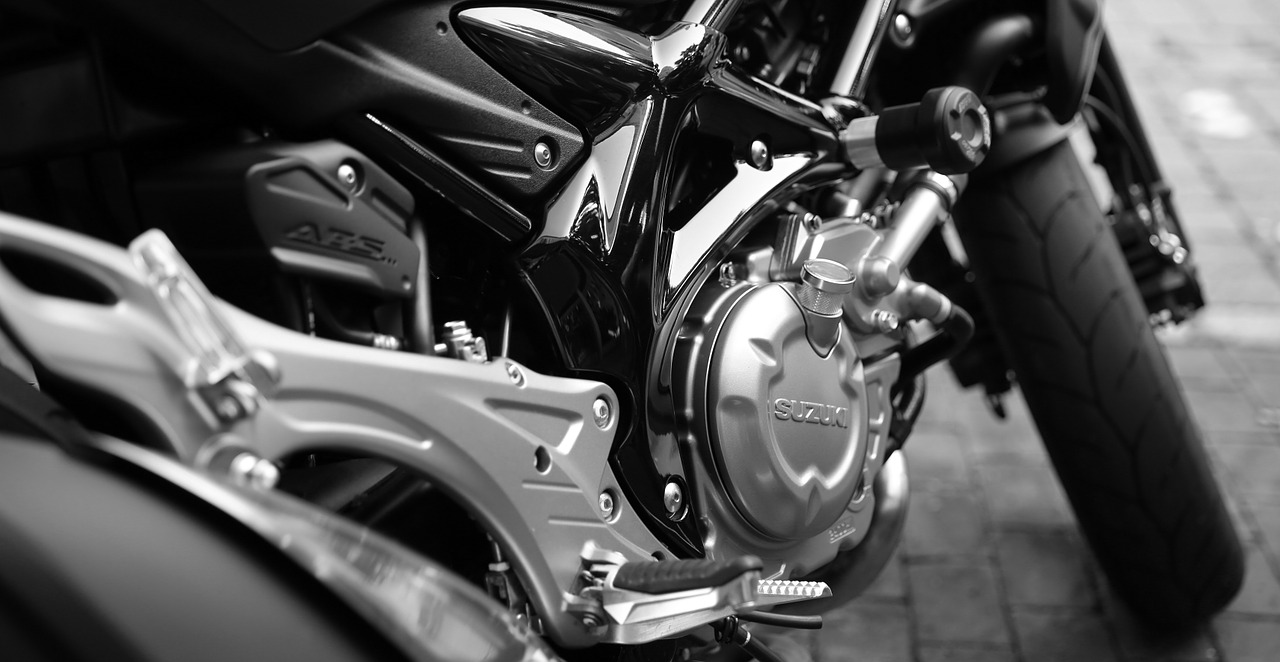Riding a motorcycle is a convenient and fun mode of transportation. Because the rules of the road and the licenses are different for motorcyclists, it is important to understand California’s motorcycle laws and regulations. There have been many accidents along the California Highway 99 some of which a have been fatal.
As a law firm, we would like to remind you that motorcycle safety has to be a top priority for both car drivers and riders alike.
California Motorcycle License Requirements
California’s motorcycle licensure requirements vary according to the applicant’s age. Almost everyone must complete the motorcycle rider training course offered by the DMV. The additional criteria for a motorcycle license are as follows.
- Applicants under 18 must be at least 16 years of age, complete a driver’s education/training course, and hold a valid driver’s permit for at least 6 months.
- Applicants over 18 must complete the Driver’s License/Identification Card Application form and pay the accompanying fee. The applicant must also pass vision and knowledge tests, have their photograph taken and provide a thumb print.
- Applicants over 21 have the option to take the motorcycle driving test at their local DMV rather than complete the motorcycle training course.
- Applicants without a California driver’s license must give their full legal name and present their social security number, residency documents and birth date/legal presence document.
Unique California Laws
Handlebar Height
Though some motorcyclists might find “ape hanger” handlebars appealing, they are not permitted in California. California law requires that motorcycle handlebars have grips no higher than 6 inches above the driver’s shoulders when he/she is seated.
Lane Sharing
Though considered dangerous by the DMV and many driving experts, California allows motorcyclists to drive next to another motorcycle or a passenger vehicle in the same lane. Lane sharing is only permitted on larger roads with at least two lanes traveling in the same direction.
The benefits of lane sharing include easier maneuvering of police and emergency vehicles, the ability of motorcyclists to avoid exhaust inhalation and the opportunity for a motorcyclist to try and avoid being pinned between vehicles in heavy traffic. If a motorcyclist chooses to share a lane, he/she must be alert to his/her surroundings and maintain proper distance from surrounding vehicles.
Lane Splitting
California also permits motorcyclists to split lanes. Lane splitting allows motorcyclists to ride along the line that divides the road into lanes. This is both a time-saving practice and one that also prevents exhaust inhalation and the trapping of a motorcyclist in bumper-to-bumper traffic. Recently, California has made a move to legalize lane splitting.
Because lane splitting can be very dangerous, the California Highway Patrol provides a pamphlet addressing the safety precautions. Some of the lane splitting guidelines include not traveling more than 10 MPH faster than the vehicles surrounding you and the avoidance of lane splitting when traffic is moving faster than 30 MPH.
Motorcyclists must remain highly alert and fully aware of the distances between the vehicles before they can lane split.
Personal Injury Attorneys For Motorcycle Accidents
Even with proper care and diligence, a motorcyclist may still be involved in an accident. The attorneys at the Law Offices of Zappettini and Bradley are highly qualified to handle motorcycle accidents in Northern California and aggressively seek justice for their clients and recover maximum compensation.

